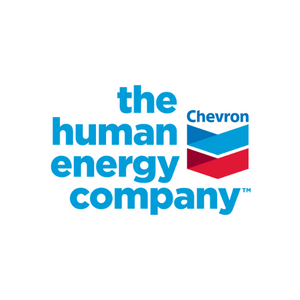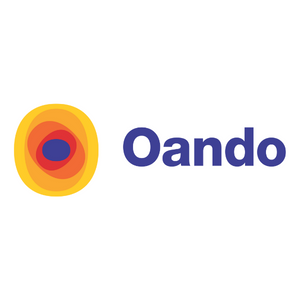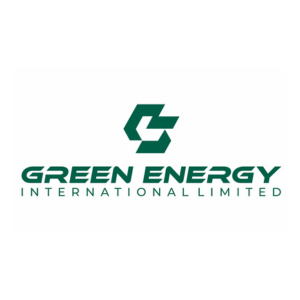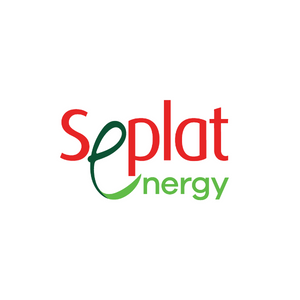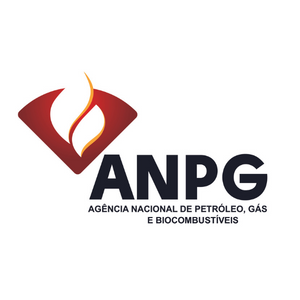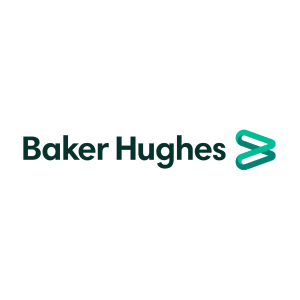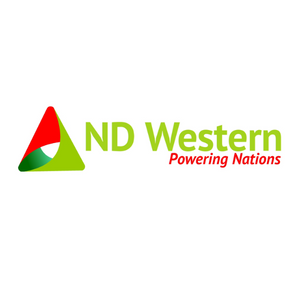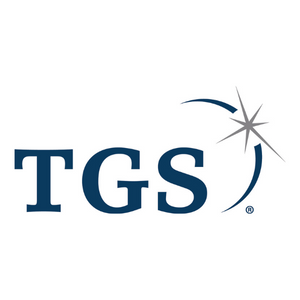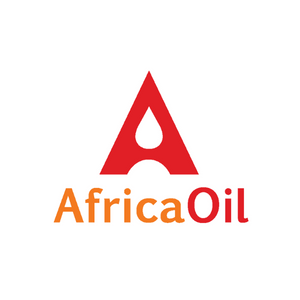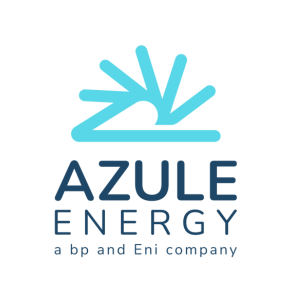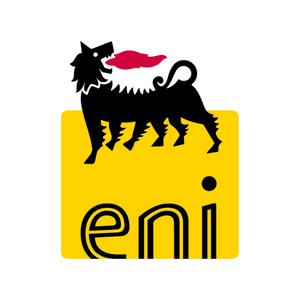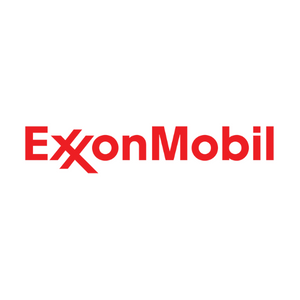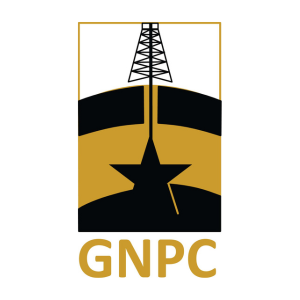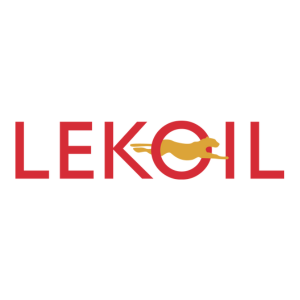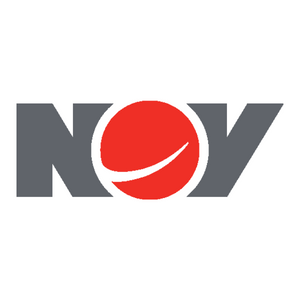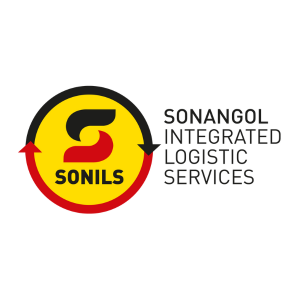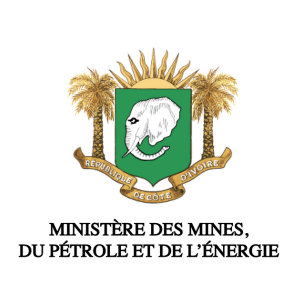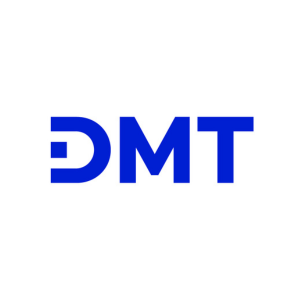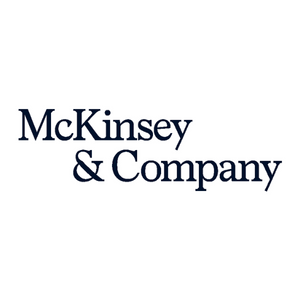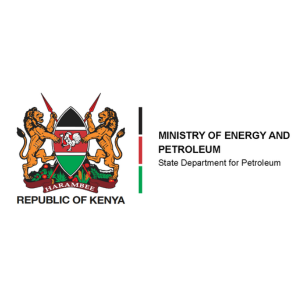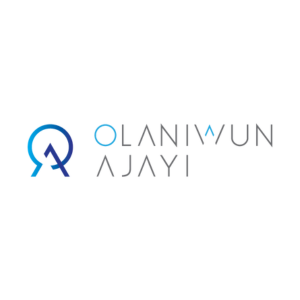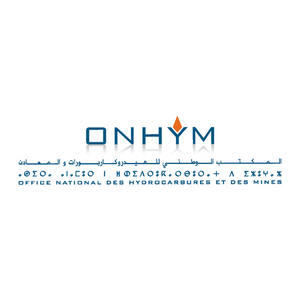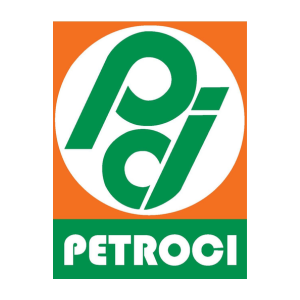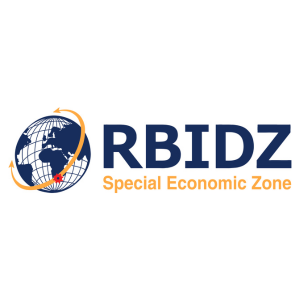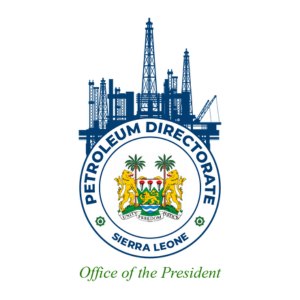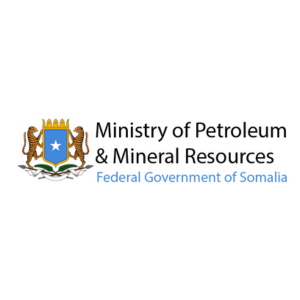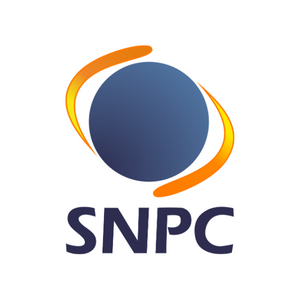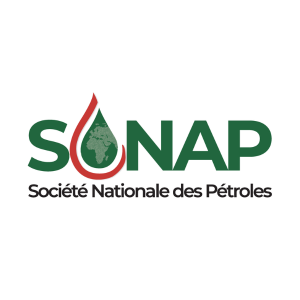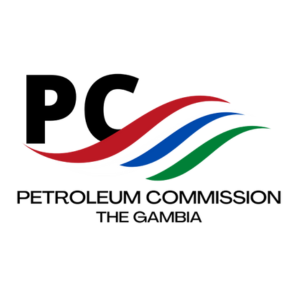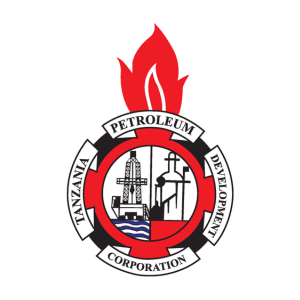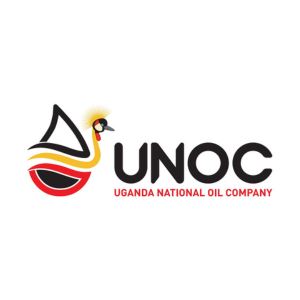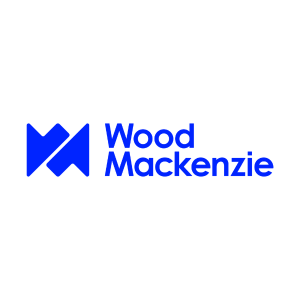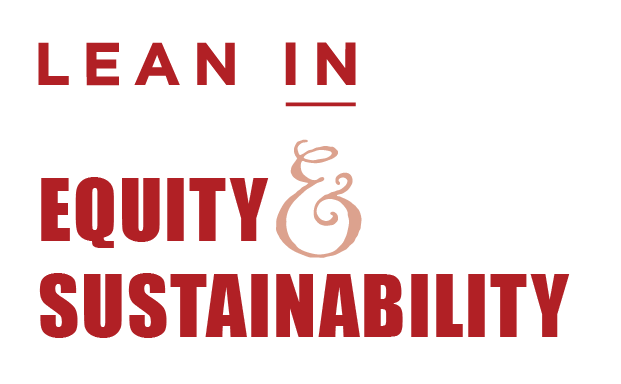Oil market developments are expected to slightly moderate in 2019.
The world economy and global oil demand are forecasted to grow slightly less, whilst non-OPEC supply growth is projected to remain steady. The world economy is expected to expand by 3.6% in 2019. This re-emergence of global trade barriers has only had a minor impact on the global economy. 2019 is forecasted with no significant rise in trade tariffs.
Global GDP growth forecast remains at 3.8% for 2018, followed by expected growth of 3.6% in 2019. In 2018, statistics show that oil demand is expected to grow by 1.65 mb/d remaining unchanged from the previous month’s assessment with expectations for total world consumption at 98.85 mb/d.
In 2019, there is an initial projection of a global increase of around 1.45 mb/d with an annual average global consumption anticipated to exceed the 100 mb/d threshold. The OECD is expected to remain in positive territory, registering a rise of 0.27mb/d with the bulk of gains originating in OECD America. The non-OECD region is anticipated to lead oil demand growth in 2019 with projections indicating an increase of around 1.18, mostly attributed to China and India.
Non-OPEC oil supply in 2018 was revised up from the previous report by 0.14 mb/d to average 59.84 mb/d – demonstrating an increase by 2.0 mb/d year on year. In June, the Republic of the Congo, its newest Member country, increased by 173 tb/d to average 32.33 mb/d according to secondary sources.
Regarding market structure
The light sweet crude Basket Components from West and North Africa, Bonny Light, Congo’s Djeno, Es Sider, Girassol, Rabi Light, Saharan Blend and Zafiro values decreased on average by $3.12/b or 4% m-o-m to $73.08/b in June.
In addition to the drop in the value of Brent, the losses in other crudes were compounded by the ongoing pressure on their price differentials due to plentiful supply amid increasing competition from US light sweet grades. However there has been a significant improvement in the West Africa/Asia arbitrage economics amid a collapse of more than %2b in the Brent-Dubai spread, as well as numerous outrages.
In South Africa, GDP posted growth of 1.7% y-o-y in 1Q18 in the previous quarter. For 2017, GDP grew by 1.2% over 2016. Private and public consumption with GFCF witnessed an increased pace of growth. The rate of expansion in private consumption rose from 2.9% in 4Q17 to 3.1% in 1Q18. Public consumption accelerated from 0.4% y-o-y in 4Q17 to 3.1% in 1Q18 and 0.4% y-o-y in 4Q17 to 1.2% in 1Q18.
Additionally, imports went up in 1Q18 by 3.5%, y-o-y, compared to 5.4% increase in the previous quarter. The currency depreciated by 6.1% m-o-m in June and lost nearly 12% of its value vs the US dollar since April. Inflation in May stood at 4.3% y-o-y up from 4.3% in the previous month. In contrast, the unemployment rate in South Africa remained unchanged for the fifth consecutive quarter in 1Q18 at 26.7%.
South Africa’s manufacturing sales value increased in April 2018 by 4.1% y-o-y up from 1.8% in March. The trade surplus widened in May 2018 to 3.52 bn rand from April’s 1.17 nb rand but notably below May 2019 surplus of 7.9 bn rand. Business conditions in the private sector improved in June, according to Standard bank South Africa PMI. The index rose to 50.9 in June, up from 50.0 in May aswell as accelerated rates of growth in new orders and employment.
For 2019, oil supply in non-OPEC countries in Africa is expected to grow by 0.09 mb/d, mainly from Ghana, the Sudans and South Africa. According to secondary sources, South Sudan plans to boost oil production from the current level of 0.13 mb/d to 0.29 mb/d in the fiscal year 2018/2019. Oil production in the next year is expected to increase by 0.04 mb/d to average 0.28 mb/d, including Sudan, mainly coming from re-opened fields located in Unity, Toma South, Mala, and the Munga fields.
tb/d y-o-y in 2019 to average 0.11 mb/d.
In the Middle East and West Africa tonnage demand increased during the month. VLCC Middle East-to-East spot freight rates rose by 16% m-o-m in June to stand at WS51. Spot freight rates registered for tankers trading on the West Africa-to-East route rose by 15% m-o-m to average WS52. VLCC spot freight rates on the Middle East-to-West route also showed an increased from one month before up by WS3 points to stand at WS22 points. This was a due to a result of slightly improved tonnage demand.
Oil Market Highlights
According to the report, the OPEC Reference Basket (ORB) eased by 1.2% m-o-m in June to average $73.22/b. The ORB ended 1H18 higher at $68.43/b, up more than 36% since the start of the year. Dated Brent, WTI and Dubai all decreased by 3.5%, 3.1% and 0.8%. Crude oil future prices mostly fell on expectations that OPEC and participating non-OPEC producers in the “Declaration of Cooperation” will gradually increase production to full conformity levels.Global GDP growth forecast remains at 3.8% for 2018, followed by expected growth of 3.6% in 2019. In 2018, statistics show that oil demand is expected to grow by 1.65 mb/d remaining unchanged from the previous month’s assessment with expectations for total world consumption at 98.85 mb/d.
In 2019, there is an initial projection of a global increase of around 1.45 mb/d with an annual average global consumption anticipated to exceed the 100 mb/d threshold. The OECD is expected to remain in positive territory, registering a rise of 0.27mb/d with the bulk of gains originating in OECD America. The non-OECD region is anticipated to lead oil demand growth in 2019 with projections indicating an increase of around 1.18, mostly attributed to China and India.
Non-OPEC oil supply in 2018 was revised up from the previous report by 0.14 mb/d to average 59.84 mb/d – demonstrating an increase by 2.0 mb/d year on year. In June, the Republic of the Congo, its newest Member country, increased by 173 tb/d to average 32.33 mb/d according to secondary sources.
Crude Oil Price Movements
The OPEC reference Basket (ORB) declined 1.2% in June, but remained within its three-year high at $73.22/b. Oil future declined, with ICE Brent ending lower, but stayed above $75/b.Regarding market structure
OPEC Reference Basket
The ORB declined from its highest monthly value in more than three years but remained above $70/b. Apart from Venezueland Merey, all ORB component values decreased alongside their perspective crude oil benchmarks with lighter African grades slipping the most, undermined by gloomy price differentials.The light sweet crude Basket Components from West and North Africa, Bonny Light, Congo’s Djeno, Es Sider, Girassol, Rabi Light, Saharan Blend and Zafiro values decreased on average by $3.12/b or 4% m-o-m to $73.08/b in June.
In addition to the drop in the value of Brent, the losses in other crudes were compounded by the ongoing pressure on their price differentials due to plentiful supply amid increasing competition from US light sweet grades. However there has been a significant improvement in the West Africa/Asia arbitrage economics amid a collapse of more than %2b in the Brent-Dubai spread, as well as numerous outrages.
Africa
South AfricaIn South Africa, GDP posted growth of 1.7% y-o-y in 1Q18 in the previous quarter. For 2017, GDP grew by 1.2% over 2016. Private and public consumption with GFCF witnessed an increased pace of growth. The rate of expansion in private consumption rose from 2.9% in 4Q17 to 3.1% in 1Q18. Public consumption accelerated from 0.4% y-o-y in 4Q17 to 3.1% in 1Q18 and 0.4% y-o-y in 4Q17 to 1.2% in 1Q18.
Additionally, imports went up in 1Q18 by 3.5%, y-o-y, compared to 5.4% increase in the previous quarter. The currency depreciated by 6.1% m-o-m in June and lost nearly 12% of its value vs the US dollar since April. Inflation in May stood at 4.3% y-o-y up from 4.3% in the previous month. In contrast, the unemployment rate in South Africa remained unchanged for the fifth consecutive quarter in 1Q18 at 26.7%.
South Africa’s manufacturing sales value increased in April 2018 by 4.1% y-o-y up from 1.8% in March. The trade surplus widened in May 2018 to 3.52 bn rand from April’s 1.17 nb rand but notably below May 2019 surplus of 7.9 bn rand. Business conditions in the private sector improved in June, according to Standard bank South Africa PMI. The index rose to 50.9 in June, up from 50.0 in May aswell as accelerated rates of growth in new orders and employment.
World Oil demand in 2018 and 2019
World oil demand is assumed to rise by 1.65 mb/d in 2018, unchanged from the previous month’s report despite revisions within the regions, which offset each other. Global world oil demand is now projected to average 98.85 mb/d. In 2018, world oil demand in Africa was forecast 4.33 mb/d. World oil demand in forecasted 4.44 mb/d for 2019.World Oil Supply
Non-OPEC oil supply growth in 2018 was revised up by 0.18 mb/d from the previous report to average 59.54 mb/d, representing an increase of 2.0 mb/d y-o-y. Non-OPEC oil supply in 2019 is projected to grow by 2.1 mb/d for an average 61.64 mb/d. In Africa, Non-OPEC supply forecast was forecasted 1.61 mb/d for 2019.Developing Countries
The total oil supply of developing countries for 2018 is expected to reach an average of 11.61 mb/d representing growth of 0.12 mb/d. For 2019 with continued field development in Latin America, particularly in Brazil and Africa, growth of 0.45mb/d is anticipated for oil supply, with an average of 12.06 mb/d.Africa
Africa’s oil supply for 2018 is projected to grow by 0.02 mb/d to average 1.52 mb/d (excluding the Republic of Congo that joined OPEC on 22 June 2018). Oil production in 2018 is expected to grow in Ghana, rising by 0.04 mb/d to average 0.20 mb/d. Production in Cameroon and Africa other will both decline by 0.01 mb/d each, whilst production will be stagnant in Egypt, the Sudans, Chad and South Africa in 2018.For 2019, oil supply in non-OPEC countries in Africa is expected to grow by 0.09 mb/d, mainly from Ghana, the Sudans and South Africa. According to secondary sources, South Sudan plans to boost oil production from the current level of 0.13 mb/d to 0.29 mb/d in the fiscal year 2018/2019. Oil production in the next year is expected to increase by 0.04 mb/d to average 0.28 mb/d, including Sudan, mainly coming from re-opened fields located in Unity, Toma South, Mala, and the Munga fields.
Ghana
In 2018, Ghana’s oil output is expected to continue to rise by 0.04 mb/d to reach an average of 0.20 mb/d. For 2019 oil output in Ghana is estimated to expand by 40 tb/d to reach a level 0.24 mb/d. Oil production is expected to increase at the Jubilee Phase 1 by 27tb/d y-o-y in 2019 to average 0.11 mb/d.
Dirty tanker freight rates
Very large crude carrier (VLCC)In the Middle East and West Africa tonnage demand increased during the month. VLCC Middle East-to-East spot freight rates rose by 16% m-o-m in June to stand at WS51. Spot freight rates registered for tankers trading on the West Africa-to-East route rose by 15% m-o-m to average WS52. VLCC spot freight rates on the Middle East-to-West route also showed an increased from one month before up by WS3 points to stand at WS22 points. This was a due to a result of slightly improved tonnage demand.

